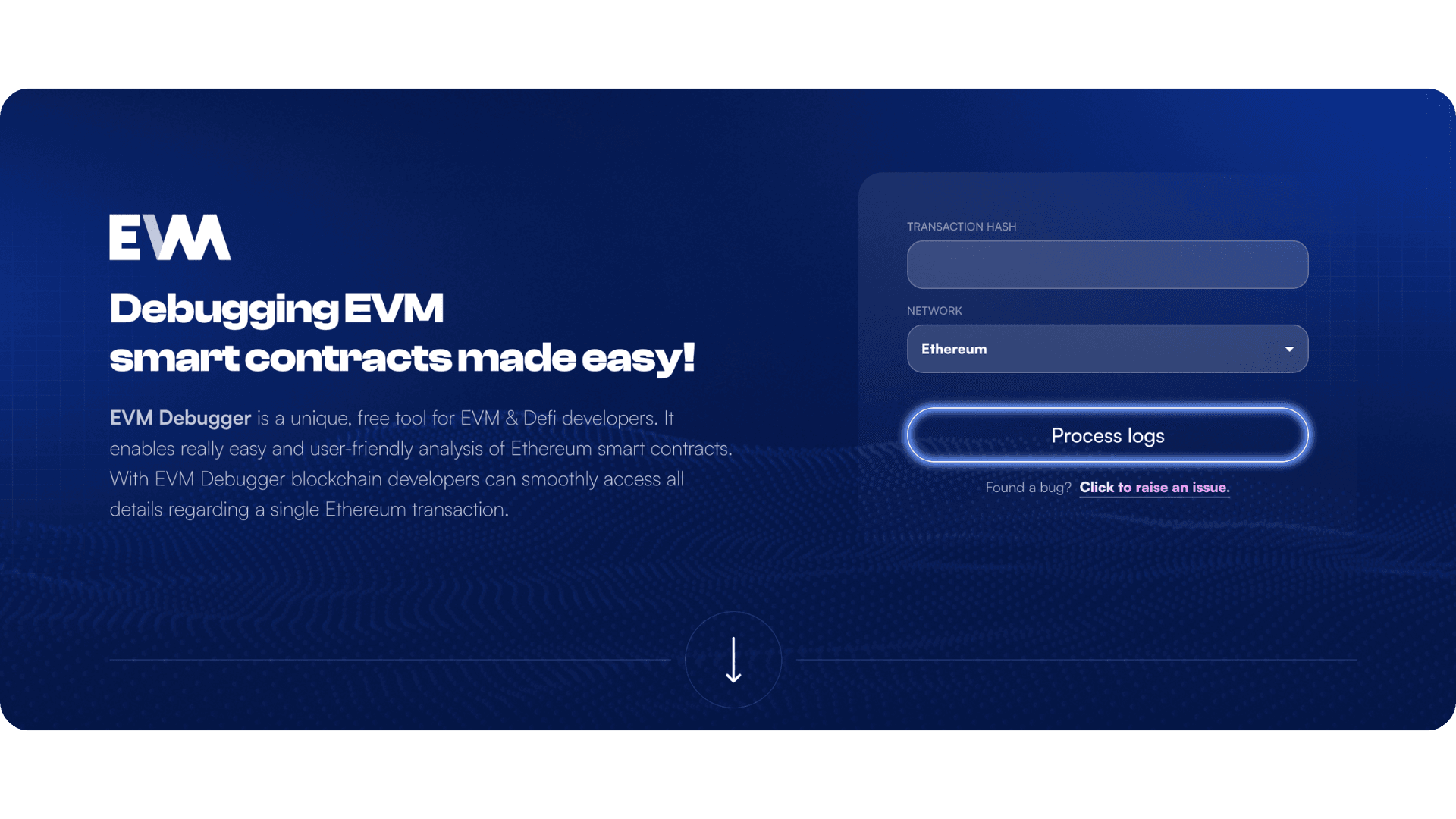

Tari is an innovative L1 protocol focused on digital assets and privacy-preserving smart contracts. As a relatively new blockchain entering the crypto landscape, Tari faced a critical challenge: how to integrate their native XTM tokens with the broader DeFi ecosystem to enable trading, liquidity provision, and participation in decentralized finance protocols. With their mainnet launch date rapidly approaching, Tari needed a reliable, battle-tested solution to bridge their native tokens to Ethereum.
That’s when we stepped in with a very ambitious and time-sensitive task: to deliver a production-ready bridge solution inspired by the proven WBTC (Wrapped Bitcoin) mechanism. The project involved creating WXTM (Wrapped XTM) tokens on Ethereum, enabling Tari miners and holders to access DeFi protocols while maintaining the security and decentralization principles of both networks.
The project presented a unique combination of technical complexity and time constraints with multifaceted challenges that required innovative solutions across multiple domains:
Wallet Integration Complexity
The primary technical hurdle was integrating with Tari's wallet infrastructure, which was still in active development. As a young blockchain project, Tari's wallet software was rapidly evolving, presenting constant compatibility challenges. Our bridge needed to detect deposits from the Tari network reliably, but the wallet API was subject to frequent upgrades and changes, requiring continuous adaptation of our integration layer.
Tight Time Constraints
The project timeline was ambitious - what would typically require 8-10 weeks of development was compressed into just 5 weeks to meet the predetermined launch date. Our team demonstrated exceptional dedication and focus, implementing solutions with minimal margin for error while maintaining production-ready quality standards.
Front-end Security Vulnerabilities
A critical concern for Tari’s team was the susceptibility of traditional dApp front-ends to supply chain attacks - a vulnerability that Vitalik Buterin has highlighted, referring to decentralized applications with centralized front-ends as "straw houses" that attackers can easily compromise. Due to recent events where frontend manipulation led to significant losses, Tari contributors underscored the importance of addressing this attack vector.
Gas Optimization Requirements
The initial implementation utilized a simple one-to-one transaction mapping (one Tari deposit equals one Ethereum mint), which was functional but gas-inefficient. As transaction volume grew, optimizing gas costs became essential for user adoption and network sustainability.
Miner User Experience
Tari miners needed seamless integration between mining operations and token liquidity. The bridge had to support automated workflows that would allow miners to receive WXTM tokens directly on exchanges without manual intervention.
Our team developed a comprehensive bridging solution that addressed each challenge through innovative technical implementations and strategic technology choices.
Advanced Wallet Integration & Monitoring
We built a robust backend processor that continuously monitors the Tari blockchain for deposits while maintaining resilience against wallet software updates.
Security-First Frontend Architecture: Tapplets
To address frontend vulnerabilities, we leveraged and utilized Tari's innovative "Tapplets" system - isolated applications that serve as decentralized app equivalents but with built-in security verification. Unlike traditional dApps that rely on web hosting and are vulnerable to supply chain attacks, Tapplets are:
- Cryptographically Verified: Each application bundle is signed and verified through a decentralized registry
- Version Controlled: A tamper-proof registry ensures users always access authentic, unmodified applications
- Supply Chain Protected: Eliminates the risk of DNS hijacking, CDN manipulation, or other common frontend attack vectors.
The Tari bridge became the first production deployment of this security architecture, demonstrating its practical viability for high-value financial applications.
Gas Optimization Through Intelligent Batching
In order to optimize the gas costs, our dev team implemented a sophisticated two-tier optimization system:
-
Phase 1 - Multicall Integration: We integrated Gnosis's multicall contract, enabling multiple operations within a single transaction. This optimization reduced gas consumption by approximately 40% for batched operations, which was already an impressive outcome, but we wanted to go even further (hence Phase 2).
-
Phase 2 - Address-Based Aggregation: We developed a time-windowed aggregation system that sums deposits for individual addresses over specified periods. Instead of processing each deposit separately, the system batches multiple deposits for the same recipient, significantly reducing overall gas costs.
Automated Miner Integration: Mine-to-Exchange
Understanding that miners represent the primary source of native XTM tokens, we developed "Mine-to-Exchange" - an automated system that streamlines the entire process from mining to trading. The system provides direct integration where miners receive WXTM tokens directly to their Ethereum addresses, with seamless connectivity to centralized exchanges for immediate liquidity. This automated workflow eliminates manual bridging steps for mining operations, creating a streamlined path from mining to market.
The bridge launched successfully in the third week of May 2025, enabling immediate integration between Tari's native blockchain and Ethereum's DeFi ecosystem. Key achievements include:
Transaction Volume & User Adoption
- 3,000+ bridge transactions completed since launch
- Nearly 500 million XTM tokens bridged
- Seamless integration with major centralized exchanges
- Growing miner adoption of automated Mine-to-Exchange functionality
Technical Performance
- 40% gas cost reduction through multicall optimization
- An additional 30% savings via address-based aggregation
- Zero security incidents since production launch
Security & Innovation
- First production deployment of Tapplet security architecture
- External security audit completed by Coinspect with clean results
- Supply chain attack mitigation through decentralized frontend verification
- Future-proof architecture supporting the unwrapping functionality
The successful deployment of Tapplets through this project establishes a new security standard for decentralized applications, addressing one of the most critical vulnerabilities in current DeFi infrastructure. As Tari Universe expands, the Tapplet ecosystem will enable developers to build secure, decentralized applications without the frontend risks that have plagued the industry. This project demonstrates Rumble Fish's ability to deliver complex blockchain infrastructure under extreme time pressure while maintaining the highest security and performance standards. The bridge not only solved Tari's immediate market access needs but also pioneered new approaches to frontend security that benefit the entire blockchain ecosystem.


together!We will answer any questions you may have related to your startup journey!Do you prefer e-mail?
hello@rumblefish.pl







